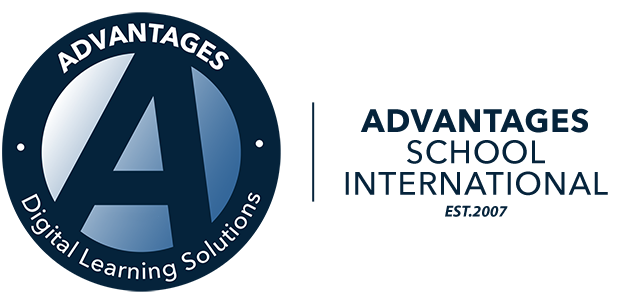Online private schools are becoming more popular than ever before, and with good reason. Not only do they provide flexibility in scheduling and location, but they also foster collaboration and community building among students and families. In this blog post, we will discuss the importance of community in education and how online private schools can build a strong sense of community even in the virtual world.
We will discuss parents, families, and teachers’ crucial role in building a strong community and how that impacts students. If you want to learn more about how online private schools foster collaboration and community building, keep reading!
The Importance of Community in Online Private Schools
Online private schools prioritize community engagement for students’ learning, recognizing its significant impact on their performance. By forming community partnerships, schools enhance students’ educational experiences through real-world connections and resources. Collaboration with community organizations and experts supports students of all ages, providing them with valuable insights and opportunities. Moreover, building a solid community ensures a shared vision for student learning, fostering a sense of belonging and support.
Community in education extends beyond physical boundaries, as online private schools create virtual communities to nurture collaboration. This concept facilitates social and emotional development and enhances students’ learning. Students benefit from a supportive and inclusive environment by fostering a sense of community.
Steps to Build a Strong Community in Online Private Schools
A strong community significantly impacts student success and how enjoyable the learning experience is. Because of this, online schools need to prioritize creating this community so students don’t feel alone. Here are some examples of how you can help make this happen even when students learn from home.
Identifying the Stakeholders in the School Community
The stakeholders within an online private school community usually include students, parents, teachers, and administrators. You can also find external stakeholders, such as local organizations, that can broaden the community and enhance collaboration. Recognizing and valuing the unique contributions of each stakeholder promotes effective collaboration and a sense of belonging. Inclusivity is key – as involving everyone helps to encourage more out-of-the-box thinking from a broader range of opinions.
Expanding Your Vision of School to Include Community
Online students can feel isolated and disconnected from their peers and local community, but there are ways to avoid this. By viewing the community as an extension of the classroom, online private schools can cultivate real-world connections through community-based learning opportunities. Collaborating with community members can broaden students’ perspectives and expose them to diverse experiences and discussions. Making community an integral part of online learning helps tackle the students’ emotional and social needs.
Reaching Out to Those Involved
Proactive communication with everyone involved nurtures a sense of belonging, encouraging collaboration and community building. Engaging parents and families in school activities strengthens the bonds within the school community, fostering a supportive environment. Involving teachers in decision-making empowers them and enables them to contribute to the overall vision of the school community. Administrators should also be included for better understanding and alignment of goals. Students should also be encouraged to provide feedback as this deepens their involvement in the community, giving them a voice and a stake in their learning journey.
Creating a Community Resource Map
Mapping out resources is another great place to start, as it provides a well-rounded curriculum beyond traditional classroom learning. Collaborating with local organizations enriches students’ learning experiences, providing real-world context and opportunities. Leveraging community resources enhances student engagement and contributes to their academic achievement.
Connecting with Curriculum
Aligning community experiences with the curriculum promotes meaningful learning for students from all walks of life. Incorporating community perspectives enriches students’ learning outcomes by providing diverse viewpoints and experiences that foster inclusivity.
Designing Challenges for the Community
Students of all ages need some challenge in their education. By engaging students in community problem-solving, they develop the ability to think critically and collaborate effectively with others. Addressing real-world issues through these challenges also creates a sense of purpose and motivation in students, encouraging them to make a positive impact after their education. These challenges will look different for every community, and getting community feedback is always a good idea. This gives everyone a voice and a chance to share their opinion to enrich the educational experience.
Conclusion
Overall, online private schools have successfully adapted to foster collaboration and community building for the betterment of students. They recognize the importance of creating a sense of belonging and support among students, parents, teachers, and other stakeholders, even if students learn from home.
By expanding the concept of community in education and actively involving all members, online private schools create a strong foundation for student success. Teachers and parents are essential in encouraging community engagement and a better student learning experience. Online education can now provide everything students need to get a rich education that prepares them for the real world.

